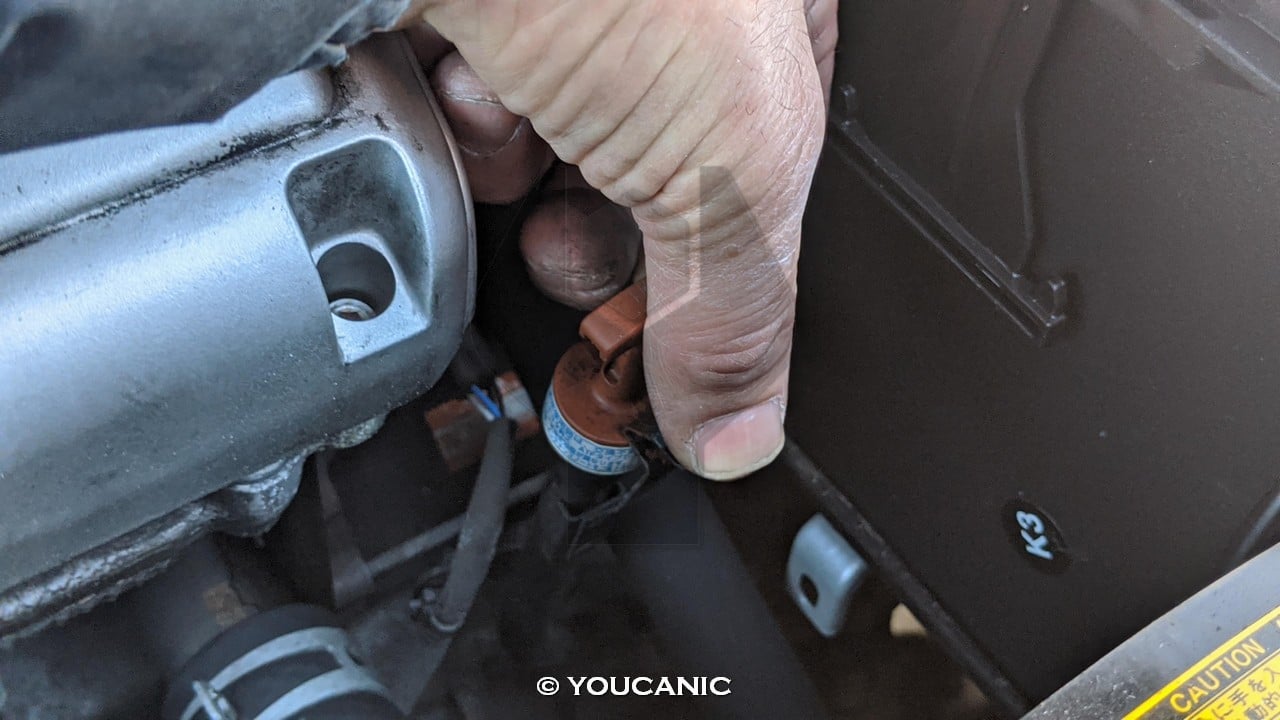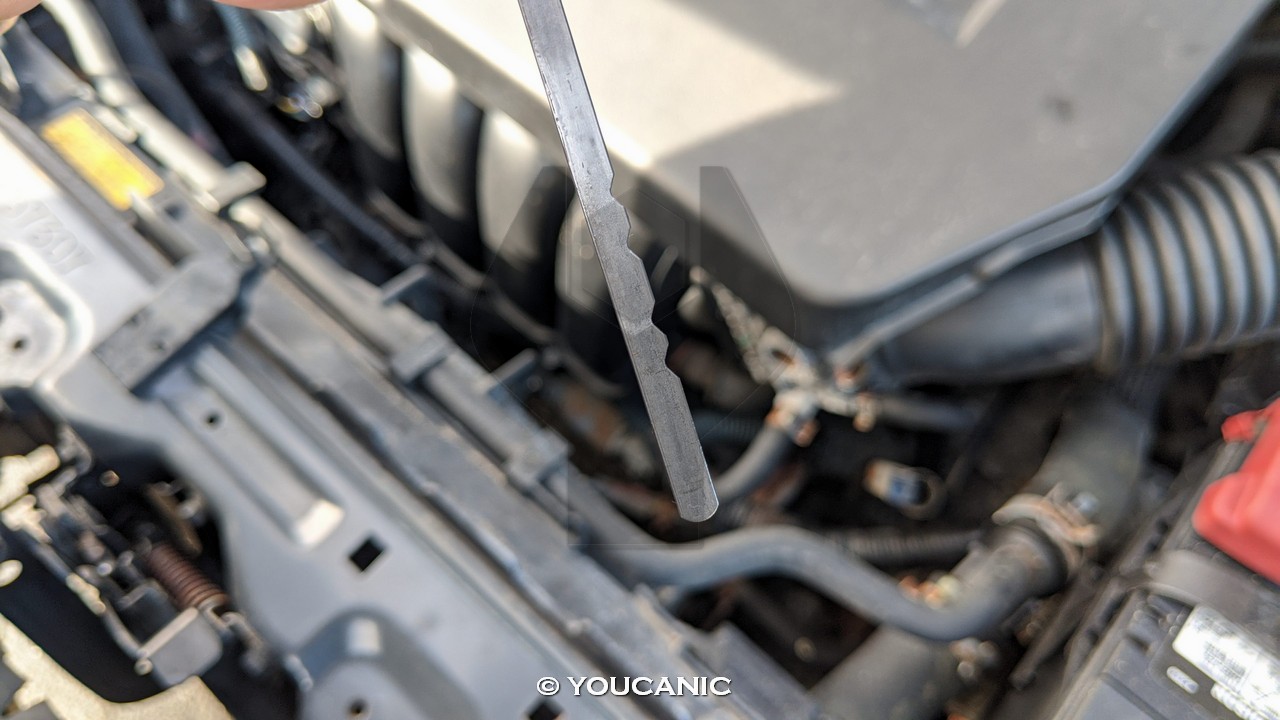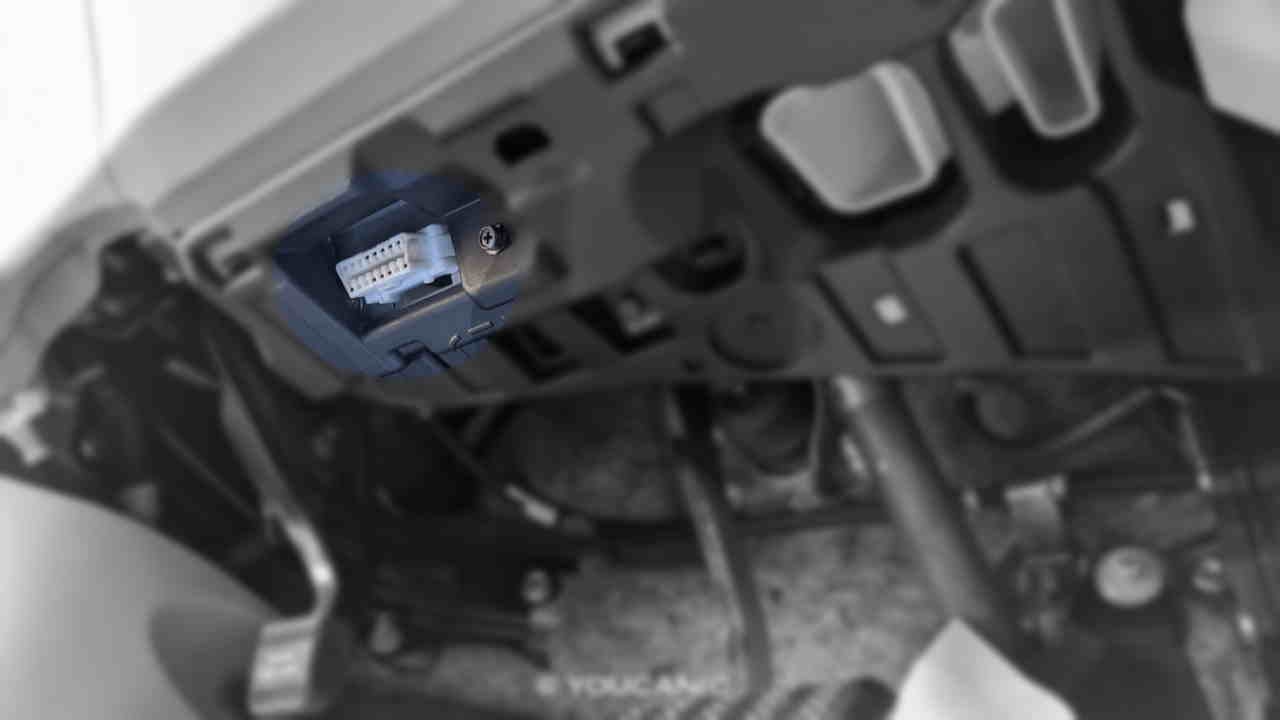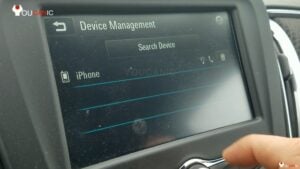Toyota & Lexus Transmission Problems
Have transmission problems on your Toyota & Lexus? This guide covers common transmission problems affecting Toyota and Lexus vehicles, symptoms, and how to read fault codes from the Transmission Control Module.

Common Toyota & Lexus Transmission Problems
Symptoms
Symptoms of Toyota transmission problems:
- Vehicle stuck in gear
- Rough or delayed shifting
- Transmission won’t shift gears
- Loss of power, no acceleration
- Delayed or harsh shifting
- Hesitation
- Jerking when changing gears
- Check engine may come on
- The vehicle gets stuck in gear, limp mode
Common Problems
Toyota and Lexus transmission problems range from internal wear, common on high mileage vehicles, to the valve body and electronics failure. Let’s take a look at common Toyota transmission problems. These problems may also affect Lexus vehicles.
Low Transmission Fluid Level
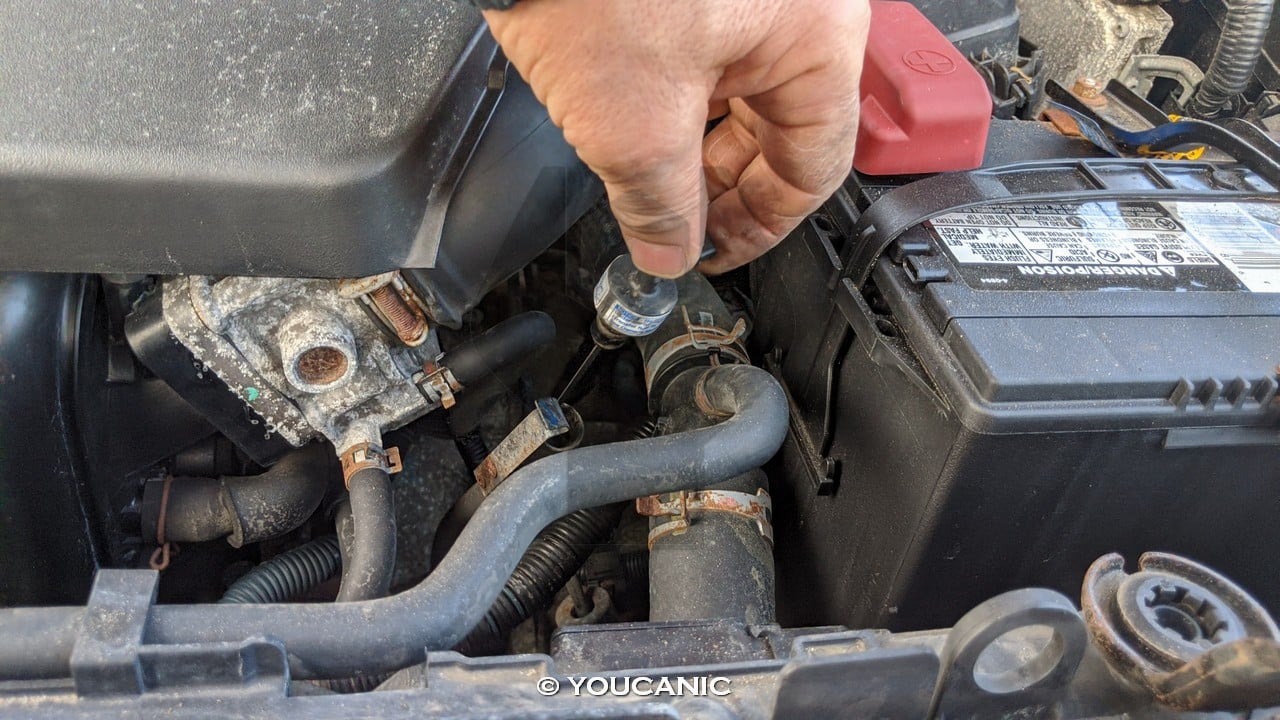
Low transmission fluid is one of the most common issues that cause Toyota transmissions not to shift, delay shifting, or bang in gear. As the car ages, transmission fluid leaks become more common.
Possible Solution
Check the transmission fluid level as soon as possible.
- If the vehicle is drivable, drive it for fifteen minutes to warm up the transmission fluid.
- Leave the car running and place the transmission in Park.
- Pull the hood release under the dashboard and open the hood.
- Locate the transmission dipstick.

- Press the metal retainer to the side and pull out the dipstick.
- Clean the dipstick with a clean cloth and reinsert it fully in the same tube.
- Pull the dipstick again and note the transmission fluid level. There are two ranges: warm and cold.

- If the level is low, add ONLY the recommended transmission fluid to bring the level between the MIN and MAX marks. Do not overfill past the MAX mark on the dipstick.
Please refer to the owner’s manual for the exact procedure for your model.
A transmission should not lose fluid, burn it, or leak it. If your transmission fluid level is low, there is a chance you have a bad gasket on the transmission fluid pan.
Shift flare when going from 3rd to 4th gear

Many Toyota and Lexus cars suffer from occasional shift flare, which shows a brief pause when shifting from 3rd to 4th gear. During this pause, the engine speed will increase as the transmission slips. This only happens once or twice after the vehicle is started from cold.
Possible causes
- Transmission control module (TCM) software is not appropriate for the climate. Reflashing the TCM using suitable software can solve the problem. See a proper Technical Service Bulletin (TSB)
- A weak or corroded battery terminal can cause a transmission control module (TCM) to reset and go into re-learning mode. Check battery voltage and clean off any traces of corrosion on terminals.
- Low or degraded transmission oil or sticking solenoids. If needed, Replace the oil with a filter and clean the solenoids.
Incorrect shifting or staying in the same gear for too long
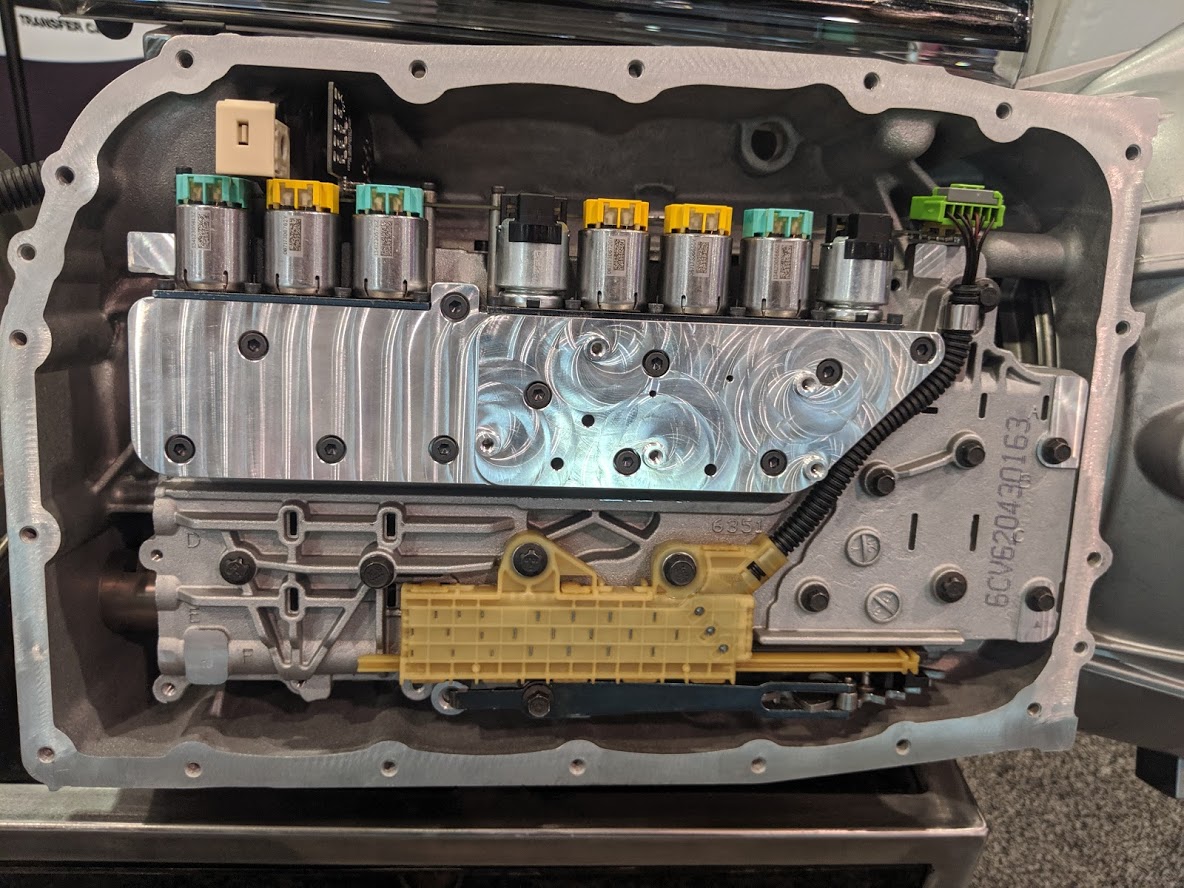
Many Toyota and Lexus cars can experience incorrect shifting at higher mileage. When trying to accelerate, this will show up as delayed and unusual gear changes or alack of downshifts.
The problem can be constant or intermittent; sometimes, it may trigger a check engine light.
Possible causes
- Throttle position sensor that is faulty or out of adjustment. This will usually trigger a check engine light and corresponding fault. The operation of the throttle position sensor can be monitored and verified using most diagnostic tools.
- Shift solenoids that are faulty or clogged. If the fault is electrical, it may trigger a check engine light. Mechanical issues and clogged solenoids will rarely result in a check engine light.
- Check the transmission fluid level and top it off if needed. If you don’t know when it was changed last time, consider replacing it with a filter.
Grinding or rattling noise while driving
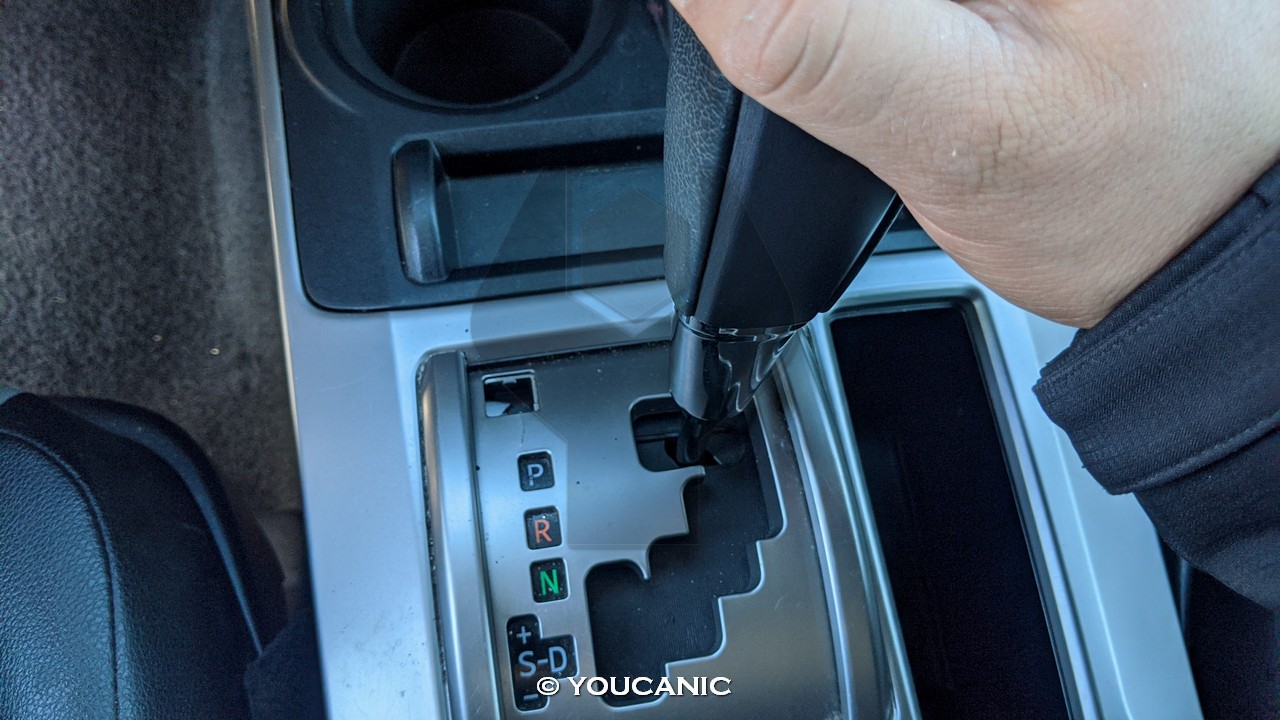
When the car is in drive, it makes a grinding noise. This may happen when it starts from cold and goes away as it warms up, or it can always be present. The frequency of the noise follows the engine speed.
Possible causes
- A torque converter has several needle bearings inside, which can wear out or damage due to poor maintenance. In addition to noise, this can create noticeable vibrations during accelerations.
- Check the transmission fluid level and top it off if needed. If you don’t know when it was changed last time, consider replacing it with a filter.
Burnt transmission fluid
Sometimes, especially during long drives or under heavy loads, you may notice a strong smell of burnt oil inside the car.
If this is accompanied by transmission issues, such as hesitation or gear slipping, your transmission may be overheating. This shouldn’t be ignored, as it can cause irreversible damage.
Possible causes
- All automatic transmissions have coolers, which keep the transmission temperature within limits. In most cases, this cooler is integrated into the engine radiator. If it is clogged or connecting lines and pipes are broken, there will be no sufficient cooling.
- Ensure that the fluid type in your transmission matches the manufacturer’s specifications. Most cars use ATF, but some use Pentosin.
- Check the transmission fluid level and top it off if needed. If you don’t know when it was changed last time, consider replacing it with a filter.
Hesitation and harsh shifting from 1st to 2nd gear and vice-versa
This is a problem that affects newer Toyota and Lexus cars that have an 8-speed automatic gearbox. Transmission often has trouble deciding which gear to select when accelerating after slowing down to an almost complete stop.
This causes a lag in response time and results in harsh gearshifts.
Possible causes
- Contact your dealer and check if your vehicle has an outstanding Technical Service Bulletin (TSB). Reflashing the TCM using suitable software can solve the problem.
- Try adapting your driving style so you apply less throttle in situations described above, as this will stop it from going into 1st gear.
CVT transmission in limp-mode
This is a known problem for all 2014-2017 Toyota Corolla and Scion cars. CVT transmission can go into ‘the ‘limp home’limp-home mode in certain situations. The check engine light will be illuminated on the dashboard, and the maximum vehicle speed will be reduced to approximately 37 mph.
Possible causes
- An error within the transmission software can cause solenoid valves to experience unnecessary cycling, leading to excessive wear. This can be prevented by reflashing the TCM using suitable software. Check on this link if your vehicle is subject to ‘Special Service Campaign J0D’
- If your car goes into limp mode, solenoid valves are irreversibly damaged and must be replaced. In some situations, the damage may extend to the whole CVT transmission.
- In the initial stages, the only symptom may be a check engine light accompanied by a P2820 code stored in the vehicle fault memory.
It is important to find out which transmission is installed in your Toyota or Lexus and research the problems that affect that particular transmission. Call the dealer or run a VIN Decoder to determine which transmission model is installed on a Toyota.
Diagnose Toyota Lexus Transmission
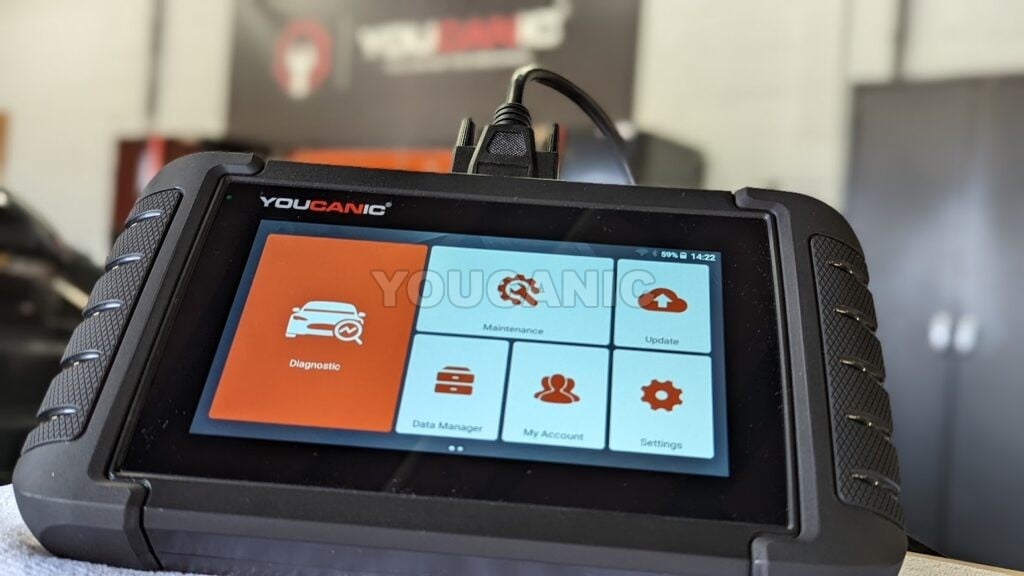
Even though Toyota / Lexus transmissions are complex, the good news is that the Transmission Control Module (TCM) detects most problems and stores a fault code.
Transmission problems won’t always trigger the check engine light. In most cases, a generic scanner won’t show a fault code. Instead of a generic OBD-II scanner, use one that reads Toyota transmission fault codes, like the YOUCANIC Full System Scanner.
What you will need
Procedure
- Park the vehicle and set the parking brakes.
- Locate the diagnostic port under the dashboard and plug in your scanner.

- Turn on the ignition and the scanner.
- Select Toyota from the main menu, and then your model.
- Select the Transmission Control Unit.
- Scroll down to Read Fault Codes.
- Write down all the codes and their definitions. Pay close attention to codes that have current or present status.
- Research each code further to discover what may have caused each fault code.
Spend a few minutes familiarizing yourself with Toyota and Lexus transmission problems. Even if you don’t plan on fixing the problem yourself, knowing what can be wrong can make you more confident when communicating with your mechanic.
We hope you find the Toyota & Lexus Transmission Problems guide helpful. Check these troubleshooting and repair guides for more help on your Toyota and Lexus.



